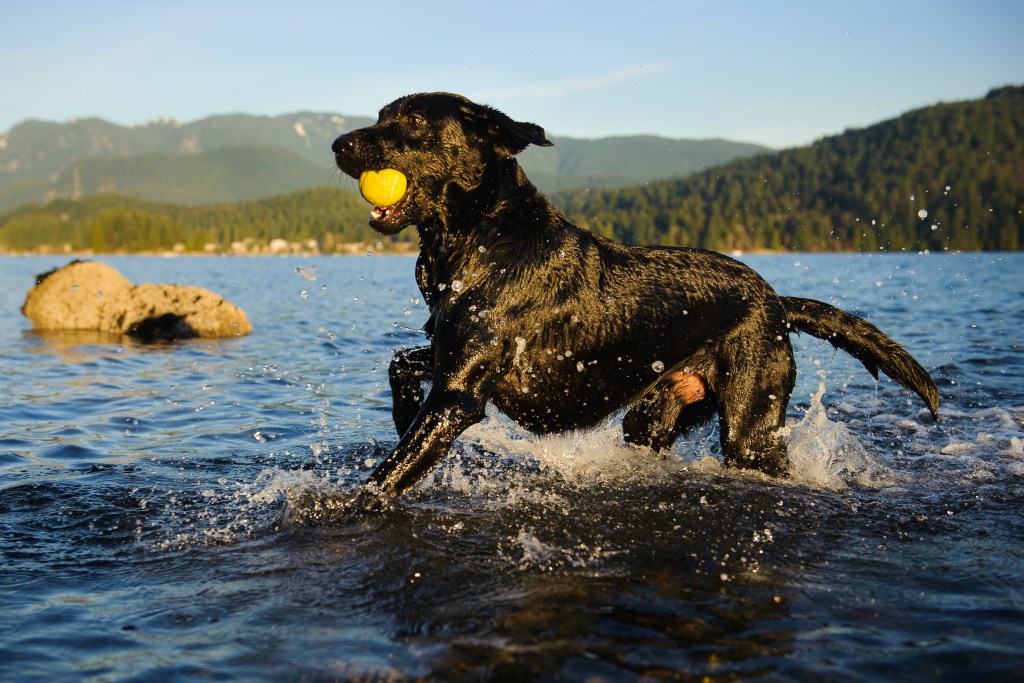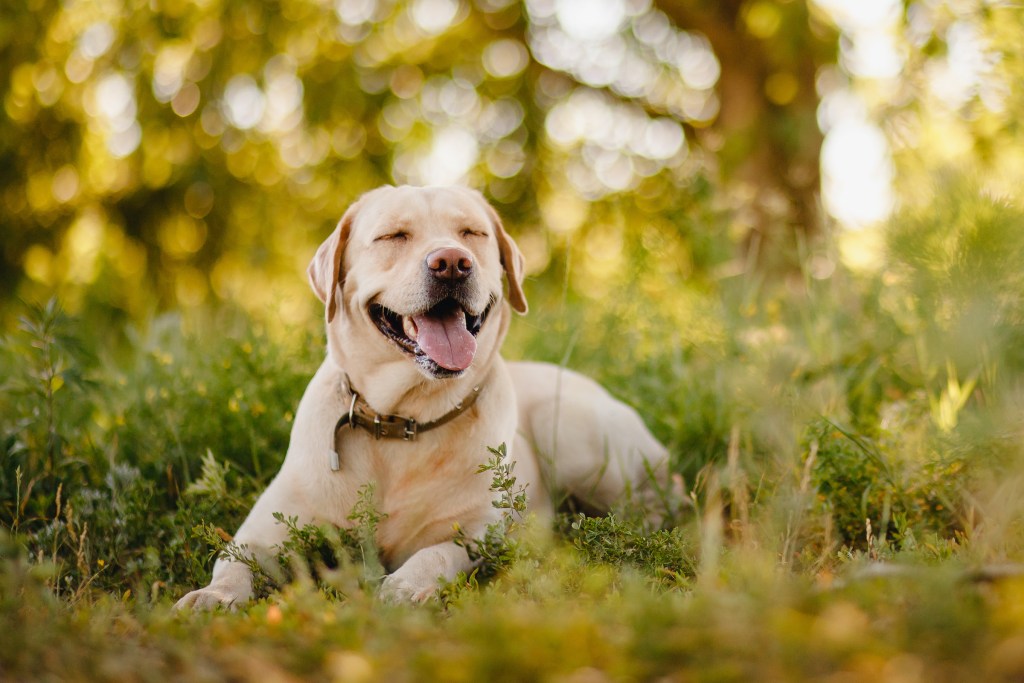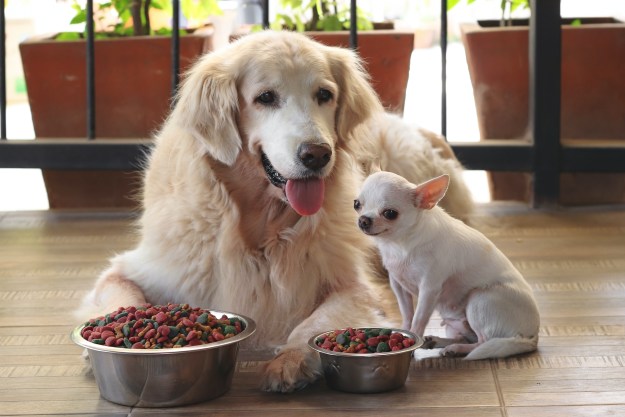With their friendly exuberance and unwavering loyalty, Labrador retrievers are absolutely adored. Just ask the American Kennel Club, which listed this breed as the #1 most popular breed for over 20 years in a row.
So what makes these pups so popular? Many people love Labs for their athleticism and eagerness to run, which make them the best companions for jogging or hiking. Their friendliness makes them a great choice for families, too — especially since Labradors are known to be gentle with children.
As wonderful as these traits are, there are so many more Labrador retriever characteristics that will make you fall in love with this breed. You may not have heard of them all yet, but that doesn’t make them any less true. These are five more reasons to give your heart to a Lab, whether through foster, adoption, or just saying hello to a cute pup you meet (just don’t forget to ask their owner first!).
Built for the water
Retrievers were bred to retrieve (surprise!) waterfowl and small game while hunting with their owners. Because of this, many Labs today still love to be near the water. Their bodies and coats make this easier for them than most dogs, though an affinity for aquatics never hurts.
Labrador retrievers have a water-resistant, double coat which makes them sleek and fast underwater (via American Kennel Club). Because the coat is so short, not much grooming is needed, either. Bathing and brushing will do! As for their extremities, notes Hill’s Pet, you’ll notice a thick and erect “otter tail” as well as webbed feet which propel these pups through the water.

Adaptable and affectionate
Everyone knows how sweet and friendly Labradors can be, but few know just how strong that puppy love is until they experience it for themselves. The American Kennel Club lists Labs as extremely amiable to children, other dogs, and strangers (AKA, everyone is your dog’s new friend). This is a fantastic trait to have when a dog will be in public often, and it can even be what makes a Lab a perfect therapy dog or service animal.
Eager to please can mean easy to train
Because Labs are so people-oriented, they’re eager to be with their families as much as possible. Talk about loyal! These outgoing canines want to make their humans happy, too, so training may be more than just work to them — it can be fun! With some positive reinforcements and the right rewards, agility or obedience practice can feel a lot more like playtime with your retriever.
Of course, not all Labs will be easy to train. Not every individual fits into the description of the breed as perfectly as others do, so don’t be discouraged if your pup doesn’t get the hang of it right away. After all, high energy can sometimes mean high distractibility, too.

Retrieving instincts are strong
Any dog is bound to be at least somewhat in touch with their instincts, but this can look different for each pet. For Labradors, you may see some mouthiness during play, or even destructive chewing when they’re feeling bored or angry, says Hill’s Pet. It’s worth noting that mouthiness is not the same as biting; when a dog mouths something, they simply put their mouths around it and do not bite down. You can often distract a mouthy pup by giving them a toy to carry around instead.
Because of their mouthy retrieving instincts, though, Labrador retrievers can be excellent partners in fetch and sports. Several Labs have gone viral for helping their people around the house: bringing objects to them, opening the door, and even more. These smart dogs are capable of so much!
Food is life
If you’re like a Labrador retriever, you appreciate a good snack. These dogs are just as eager to work for a treat as they are to work for attention, which can make training as easy as it could possibly get. Where it gets complicated, though, is your pet’s dietary health. Labs are so well known for their love of food that canine researchers are looking into whether there’s a genetic factor making this breed so food-motivated. Many Labs become overweight as they get older, too, though keeping an eye on their caloric intake can help prevent this problem in the long term.
Whether old or young, chunky or slim, it’s easy to see why this breed is so widely sought out by pet owners. The Labrador’s personality and friendliness alone make them an excellent choice for families and larger homes, while their athleticism gives them the energy to run, play, and keep up with everything that you do. There’s just so much to love!
Editors' Recommendations
- 5 surefire ways to keep your dog off your bed and get a good night’s sleep
- Video: This family dog is the world’s best babysitter
- Funny dog video: Pup has an adorable reaction to a superhero pet on TV
- Science says dogs cry tears of happiness when reunited with their humans
- Video: Dog befriends bike thief (or why golden retrievers shouldn’t be guard dogs)




